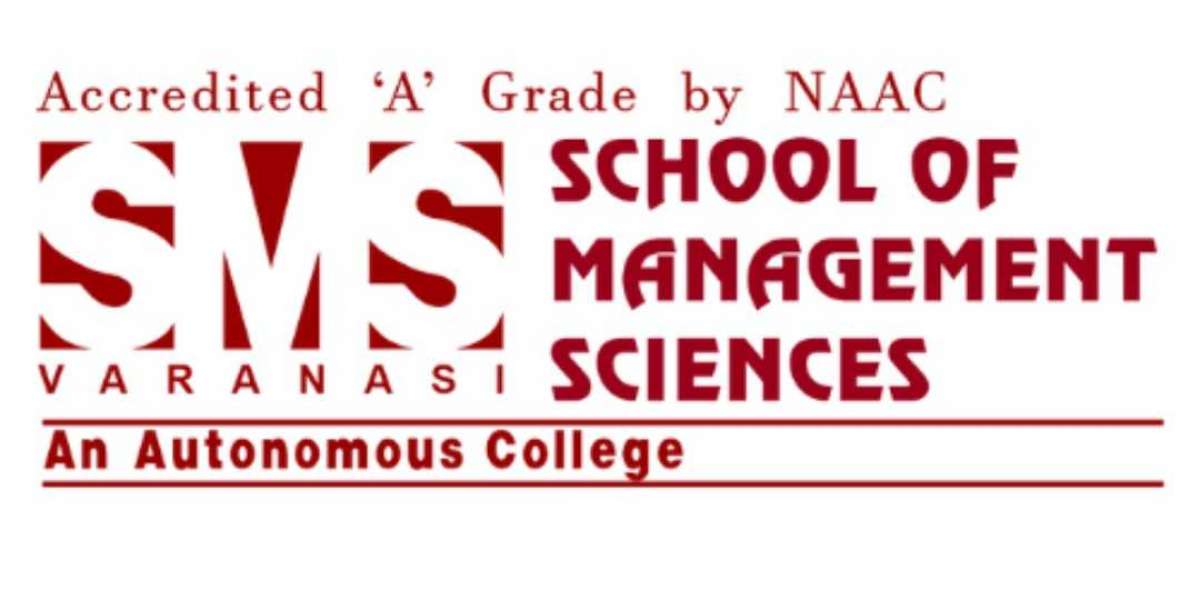The periodic table is the foundation of chemistry, but for many students, memorizing its rows and columns can be intimidating. With over 100 elements, each with a unique name, symbol, and position, the task of rote learning becomes overwhelming. This is where Creative Mnemonics for Periodic Table come to the rescue. A mnemonic is a memory device that simplifies complex information through phrases, stories, or visuals. It turns a dull learning task into something imaginative and memorable.
Mnemonics not only save time but also boost retention. Instead of trying to remember arbitrary letters and names, learners can visualize quirky sentences, connect concepts with daily life, or even sing them. These memory techniques are especially useful for school students, competitive exam aspirants, and anyone new to chemistry.
What Makes Mnemonics Effective?
Before diving into actual mnemonics, it’s essential to understand what makes them so powerful. The human brain remembers associations better than isolated data. Mnemonics work by creating strong mental images and connections, often using humor, emotion, or exaggeration. For the periodic table, creative mnemonics help in forming visual or linguistic links between element names and their sequence.
For example, if you’re trying to remember the first ten elements—Hydrogen to Neon—it’s far easier to recall a sentence like “Hi He Likes Beer But Could Not Offer Full Nine” than to memorize H, He, Li, Be, B, C, N, O, F, Ne. Each initial matches an element, and the silly sentence makes it easier to retrieve from memory.
The History and Rise of Periodic Table Mnemonics
Mnemonics are not a modern invention. Ancient Greeks and Romans used similar strategies to recall long speeches or complex information. However, their usage in chemistry education gained popularity in the 20th century. As educators began to recognize different learning styles, visual and auditory methods became part of mainstream teaching. Today, mnemonics are included in textbooks, apps, and classroom activities.
With the periodic table evolving and new elements being discovered, the demand for adaptable and creative mnemonics for periodic table has grown. Teachers and students often invent their own, tailored to regional language, cultural context, or classroom humor.
Mnemonics for Periods and Groups
The periodic table is divided into periods (horizontal rows) and groups (vertical columns). Each has its own pattern and logic. Creative mnemonics can help with both. For instance, the alkali metals in Group 1—Lithium, Sodium, Potassium, Rubidium, Cesium, and Francium—can be remembered with “Little Naughty Kids Rub Cats Furiously.” This odd but engaging sentence makes it easier to visualize the sequence.
Similarly, for Period 2 elements—Lithium, Beryllium, Boron, Carbon, Nitrogen, Oxygen, Fluorine, Neon—you might use: “Lilly Begged Brother Charles Not Over Feeding Neighbors.” These personalized sentences create context, which is key to long-term memory.
Making Your Own Creative Mnemonics
One of the best ways to master the periodic table is to create your own mnemonics. The process itself enhances understanding. Start by writing the elements you want to memorize. Then try forming a sentence or short story using the starting letters. Add humor, exaggeration, or even absurdity—the crazier, the better.
If you're a visual learner, draw cartoons or mind maps based on your mnemonics. Auditory learners might prefer rhymes or songs. Group study can also help, as brainstorming with peers often leads to even more imaginative ideas.
Don’t worry about making your mnemonics perfect. What matters is that they resonate with your brain. Over time, you may even find yourself naturally recalling element sequences without relying on the aids.
Popular Mnemonics Every Student Should Know
While creating your own mnemonics is ideal, there are some classics that have stood the test of time. For example:
- First 20 Elements:
"Hi He Likes Beer But Could Not Offer Full Nine So Clapping All Silly People Show Crazy Actions Kindly Can’t Care."
(This version may vary slightly across classrooms, but it gives a general structure for remembering the early elements.) - Halogens (Group 17):
“Funny Clowns Bring Intelligent Ants”
(F for Fluorine, Cl for Chlorine, Br for Bromine, I for Iodine, At for Astatine)
These well-known mnemonics are great starting points for students. Once you understand their logic, you can modify or build upon them to suit your style.
Technology and Mnemonics Today
In today’s digital world, apps and online tools have made learning mnemonics even easier. There are interactive flashcards, videos, and games specifically designed for mastering the periodic table. Some platforms let users contribute their own creative mnemonics for periodic table, creating a shared learning experience.
YouTube channels, Instagram study pages, and even TikTok creators now produce short videos that teach periodic table mnemonics through songs, animations, and humor. These tools are especially helpful for Gen Z learners who thrive on bite-sized, visual content.
Conclusion: Master the Periodic Table with Fun
Learning the periodic table doesn’t have to be boring or stressful. With the help of creative mnemonics for periodic table, even the most complicated sequences become manageable. Whether you use classic rhymes or invent your own zany phrases, the goal is the same—to make learning chemistry fun, effective, and lasting.
So, the next time you're staring blankly at the periodic table, remember this: the key to unlocking it might just be a silly sentence, a song, or a story only you can tell. Embrace your creativity, and chemistry will no longer be a chore—it will become a game of clever memory tricks.
Read Also: Web Development vs App Development: Which is Better?







